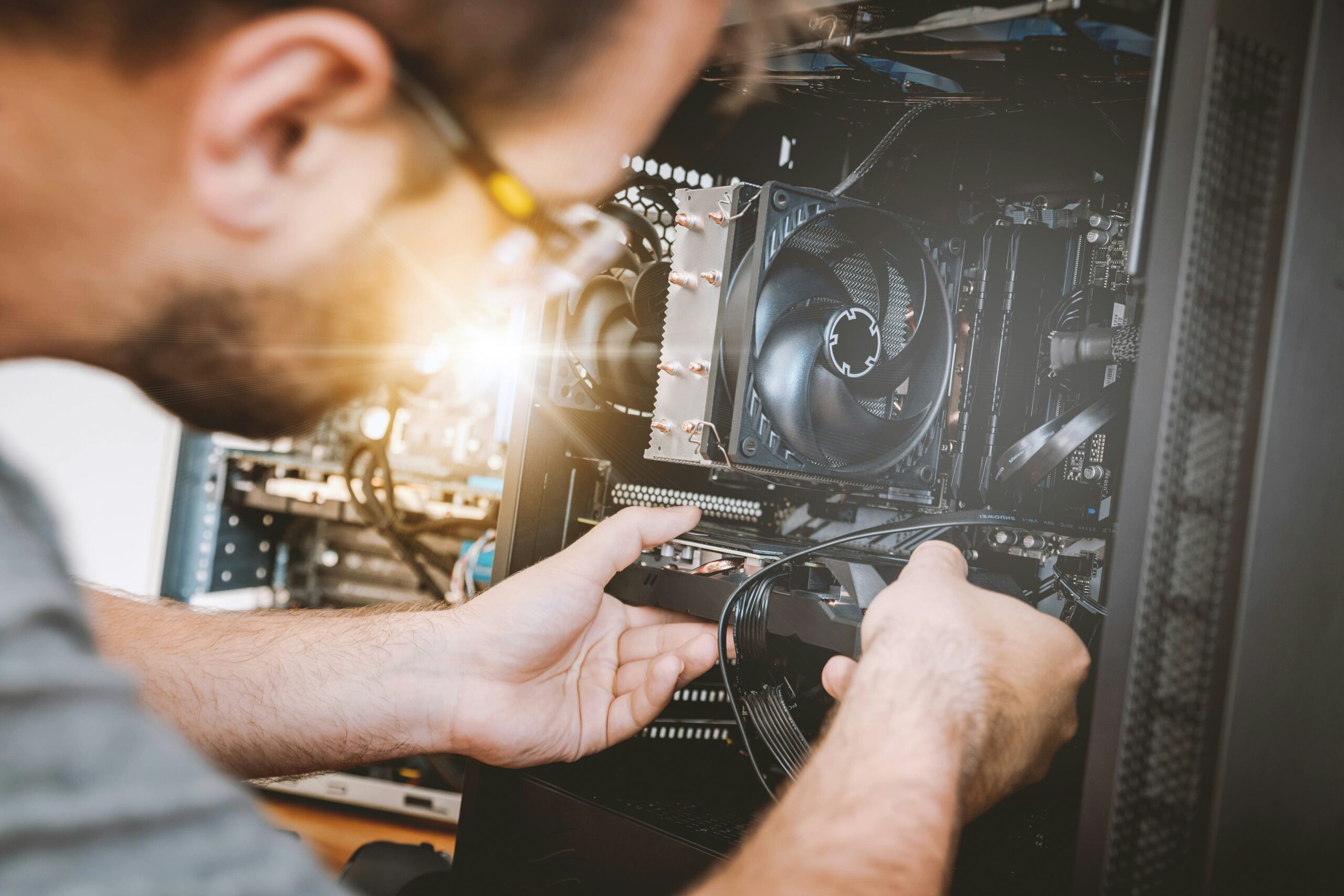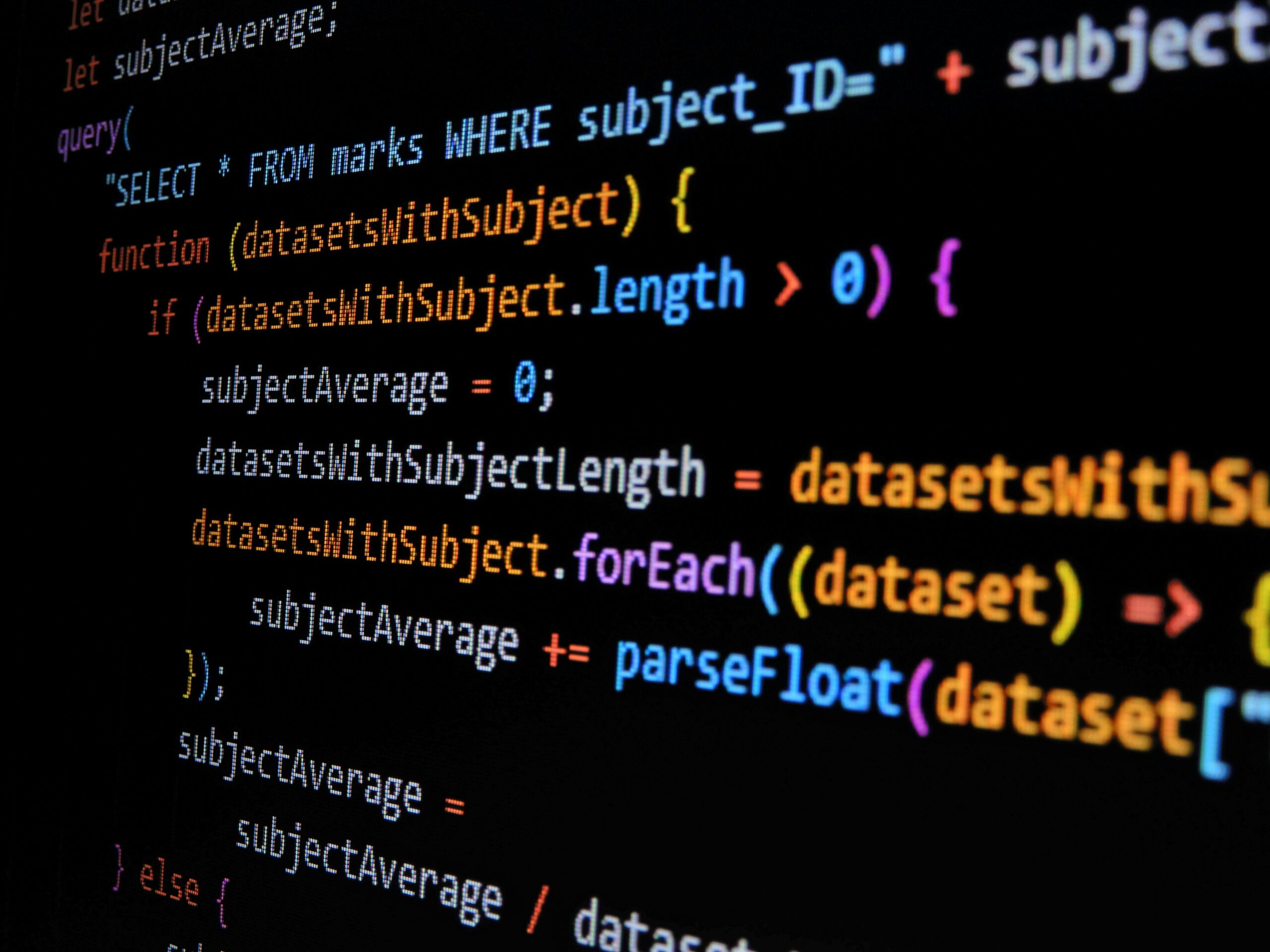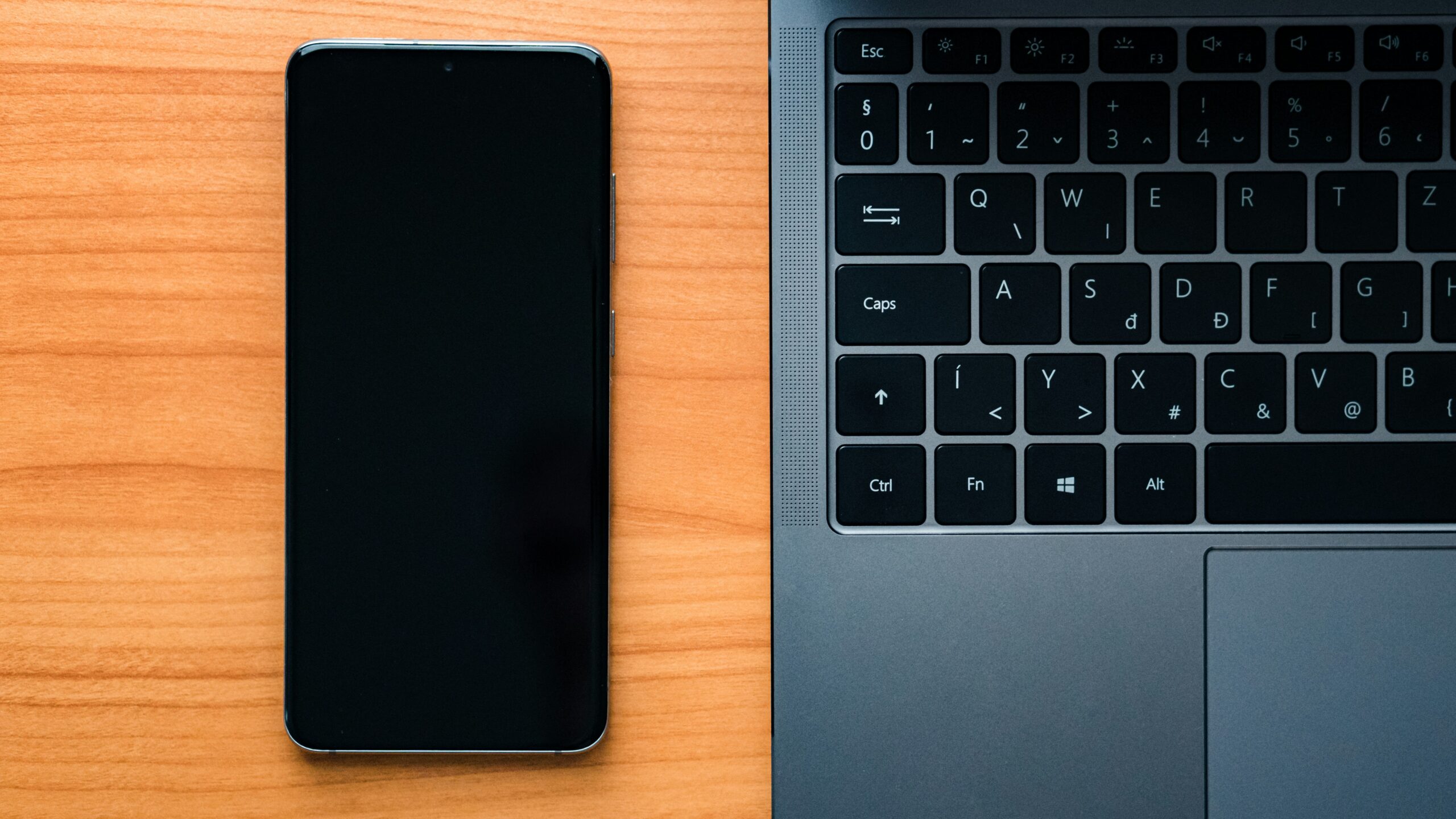Understanding the Basics: Exploring the Components of a Computer

Computers have become an integral part of our daily lives, revolutionizing the way we work, communicate, and access information. But have you ever wondered what exactly makes up a computer and how it functions? In this article, we will delve into the fundamental components of a computer and shed light on their roles and functionalities.
What is a Computer?
At its core, a computer is an electronic device that processes and stores data, performs calculations, and executes tasks with incredible speed and accuracy. It is composed of various hardware and software components working together harmoniously to deliver the functionality we depend on.
The Central Processing Unit (CPU)
The CPU, often referred to as the brain of the computer, is responsible for executing instructions and performing calculations. It interprets and carries out the commands issued by software and controls the overall operation of the system. The CPU’s speed and processing power significantly impact the computer’s performance.
Random Access Memory (RAM)
RAM, or Random Access Memory, acts as the computer’s short-term memory. It temporarily stores data that the CPU needs to access quickly. When you open a program or file, it is loaded into the RAM, allowing for faster processing. The more RAM your computer has, the more efficiently it can handle multiple tasks simultaneously.
Storage
Storage refers to the long-term memory of a computer. It is where data and files are stored even when the computer is powered off. There are two main types of storage: hard disk drives (HDD) and solid-state drives (SSD). HDDs are traditional, mechanical storage devices, while SSDs use flash memory for faster access speeds. Both types have their advantages and are used in different scenarios based on factors like cost, capacity, and performance.
Input Devices
Input devices allow users to interact with the computer and provide it with instructions or data. Common input devices include keyboards, mice, touchpads, and styluses. These devices enable us to input text, navigate through applications, and control the computer’s operations.
Output Devices
Output devices, on the other hand, display or provide the results of the computer’s processing. Monitors, printers, and speakers are examples of output devices. They allow us to visualize information, print documents, and hear audio output. These devices play a crucial role in making the computer’s output accessible to users.
Conclusion
Understanding the basic components of a computer is essential for anyone seeking to expand their knowledge of technology. The CPU, RAM, storage, input devices, and output devices all work in harmony to provide us with the incredible capabilities that computers offer. Whether you are a casual user or an aspiring tech enthusiast, knowing how these components function will help you make informed decisions when it comes to choosing and utilizing computer systems.
So, the next time you power up your computer, take a moment to appreciate the intricate interplay between these components that make it all possible.



Leave a Comment